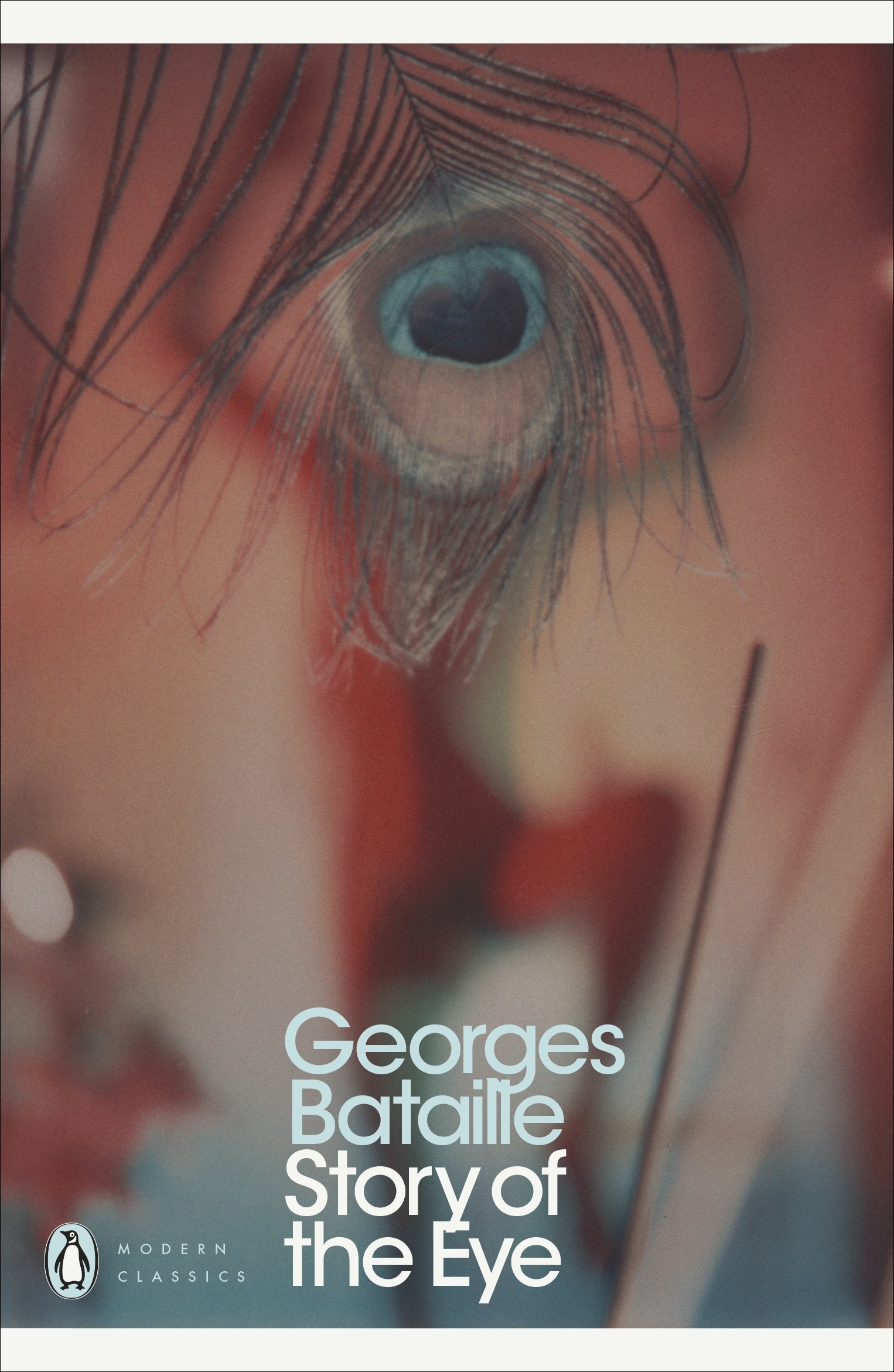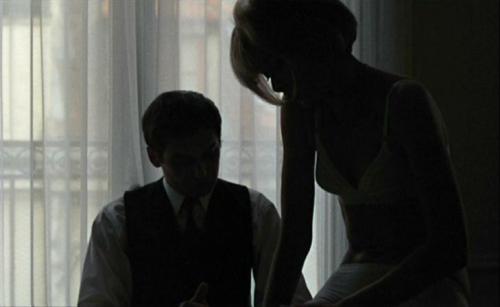According to Morrey, Eloge de l’Amour represents, to some extent, a critique of history and memory.[1] If examined alongside Contempt, this insight explains or confirms Godard’s shift from reliance on or reverence for history (if we think about the plot of Contempt) to a questioning of the role or function of history in Eloge de l’Amour. And while this analysis seems reasonable, I wonder how it is expressed filmically. (Apart from the narrative structure or plot.)
Contempt may be understood, as he says in Godard on Godard, as “the story of castaways…survivors of the shipwreck of modernity.”[2] This brings the question to water; if we think about his representations of the sea, in at least three films from his early, middle and late periods, we can see how his ideas about history and memory (and maybe by extension film and filmmaking) changed or developed in filmic terms.
In Contempt, the sea is filmed as a fact. If a person chose the crew’s exact shooting location, the sea itself would probably look the same now as it did then. The quality that he captured was unaffected by anything else, purposely. (Not true of the outdoor stone steps painted blue/yellow and therefore a deliberate decision.) The sea’s relation to history was similarly evident. It was for Godard the same sea that Homer described in The Odyssey. And as the viewer sees it, it is unending and unaltered.
When Godard made Passion almost 20 years later, he had a different method for representing the sea. In fact the idea of representation was even used differently in these middle stage films. He was not hiding from representation nor alluding to it. He confronted what he was trying to represent (the film the viewer sees) with the mechanisms and machinations of filmmaking (the world of the film within the film) until they were united. The sea in Passion is a pool of water inspired by either (or a mix of both) Ingres’ Small Bather and/or Delacroix’s Entry of the Crusaders into Constantinople. (Note the unavoidable historical relevance in representing the paintings.) This image of the sea is not the sea but it is not trying to be the sea either. It is an acknowledged and embraced reproduction of the sea. And while the sea of Contempt is no more than a representation of the sea as well, it is not aware or does not force the viewer to be aware of its representative nature.
Finally, Eloge de l’Amour, coming 20 years after Passion, shows the viewer the sea once more. But this sea is different from both before it. This sea is both altered and a fact, albeit of memory. It is not the sea that anyone would see realistically if standing in front of it. It is a blatant representation of the sea but also includes one’s memory of the sea. It is not afraid to exist apart from the facts of water reflecting light because that it not all the Godard is showing; there is also the presence of the memory in this sea. History and memory and their relationships are being explored in this sea. This is not my sea, maybe not your sea but it is how someone remembered the sea sometime. It is a wholly different approach to representation, to filmmaking, than Godard has used before. Somehow this sea is both a reproduction and a representation; it includes elements from Contempt and Passion while adding something altogether new.
This view is a view unburdened by history since it is not aligned with history; it is changeable to whoever might remember. Or is it burdened by history since history informs the memory? I am not sure what exactly these analyses yield. But I can see now that Godard’s explorations of history and memory are filmically reflected in his life’s work and the changes that are evident over the course of his career seem to be more like developments of the same themes. Now the gap seems more narrow between his early, mid and late stage films; development is expected but these thoughtful experiments are clearly characteristic of Godard.








































